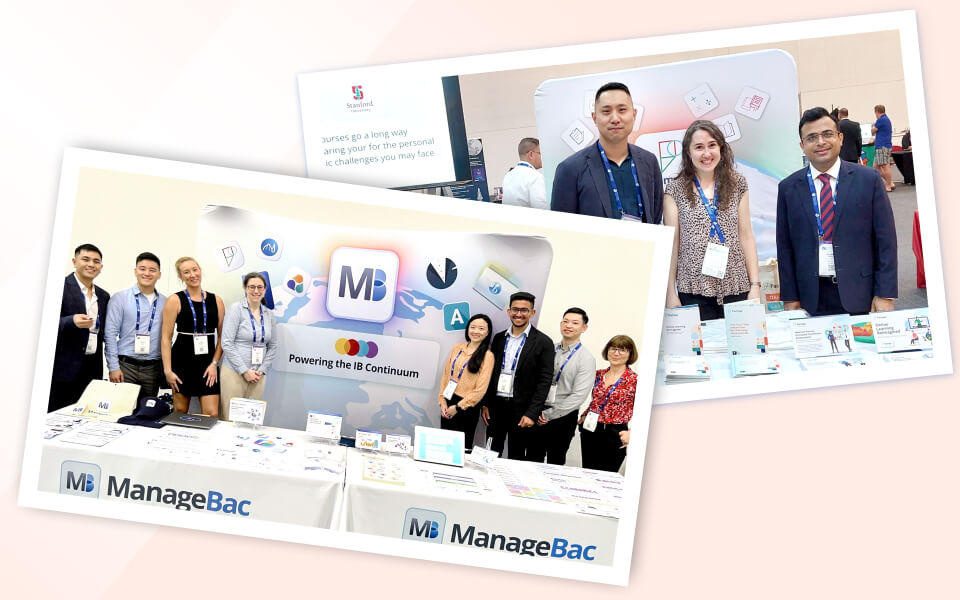Creativity is one of the foremost essential skills required to succeed in the 21st Century; the primary building block of innovation. It is a highly desirable business attribute and the key to positive global change, and yet it is not a primary focus of modern education. Young children are creative, whether encouraged to be or not. They are continuously learning and exceptionally imaginative, which in turn inspires their natural creativity. You’d be hard pressed to find a four-year-old that lacks in imagination. However, somewhere between young childhood and adulthood people lose a huge amount of their creative ability.
We cannot expect students to be creative if lessons are dull and monotonous. Teachers must implement creativity for innovative schooling that inspires young people and helps them become more rounded individuals. For example, which is more likely to have a lasting effect on the student: an hour spent reading about DNA structure in a textbook, or an hour spent working with peers to build helixes from whatever materials are available? The latter activity encourages thought and collaboration whilst ensuring students learn. Instead of walking away from the lesson with the sole ability to memorise chunks of text, students have developed multiple life skills and still have the knowledge they need to succeed in assessment.
Placing creativity at the core of teaching practice is something that can be replicated and scaled for the betterment of global education, and is not limited by the facilities at the teacher’s disposal. In a world faced by global disparity in quality of education, teaching that is not beholden to particular resources but is instead adaptable to differing situations is both desirable and necessary. Just look at the top 10 finalists of the recent Global Teacher Prize; a US$1 million award given to an exceptional teacher. The finalists were truly international, coming from all walks of life. However, they all had one thing in common – creativity. From songs to assist in learning the periodic table in Rio to the creation of a ballet school in Kenya, the best teachers in the world are all creative in their methods, utilising it for the benefit of their students.
Teachers must also be creative to cater for the individual learning requirements of each of their students. Creative and innovative practice may incorporate many different learning methods in one single activity; visual, auditory and physical. This gives more learners more chances to fulfil their potential. Furthermore, rather than imposing complete directional control, instead teachers can take a step back to facilitate students’ self-direction, giving them the space and freedom to be creative themselves. These students will then develop into thinkers who ask questions rather than recite answers, and with the learners leading the way, teachers have the time to provide support where it is most needed.
Creativity is a skill deemed to be fundamental to progress on all levels, which means it is imperative that no child is discouraged from embracing their creative abilities. The result? A generation of people who inspire, develop and innovate, thus shaping a more positive future for all.
Sign up to our monthly newsletter to keep up to date with all the latest Pamoja news.




